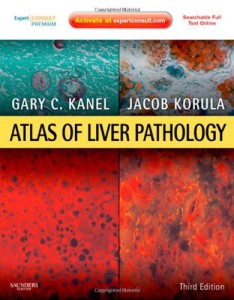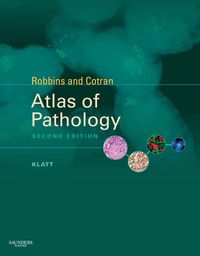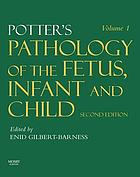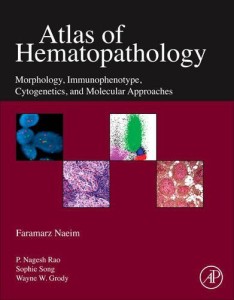Course Description
The most recent (2016) WHO classification of hematologic neoplasms delineates specific diagnostic criteria for well-defined neoplastic entities. However, pathologists who diagnose bone marrow biopsies and lymphoid proliferations often face challenges that are not directly addressed by the WHO system or represent reactive conditions that may mimic hematologic malignancies. These include atypical morphologic features, unexpected immunostaining patterns, and discordant genetic features in neoplastic entities. Pathologists often have difficulties applying the WHO criteria if they are not fully concordant with the expected patterns and/or if they are relatively new entities with which pathologists may be unfamiliar. Moreover, there is inherent subjectivity in interpreting morphologic findings and even the results of ancillary testing. The literature contains reports about the intrinsic interobserver variability in making hematopathology diagnoses and pitfalls when applying established criteria. This course aims to bridge the practice gaps between the ‘ideal world’ WHO classification system and the ‘real world’ of hematopathology diagnosis by presenting challenging case examples. These cases will illustrate how to interpret correctly and apply morphologic criteria in diagnosing hematologic neoplasms (including newer entities), how to avoid diagnosing malignancy in benign mimics, and how appropriately to integrate the results of ancillary testing with the morphology, particularly when there are discordant or unexpected results. We will provide participants with guidelines on how practically to approach such cases and avoid misdiagnosis, thereby improving their performance in daily practice. The target audience is general pathologists who diagnose bone marrow and lymphoid lesions, practicing hematopathologists and hematopathology fellows.
Target Audience
Practicing academic and community pathologists, and pathologists-in-training
Learning Objectives
Upon completion of this educational activity, learners will be able to:
– Use ancillary testing appropriately to diagnose lymphoid neoplasms correctly
– Recognize reactive mimics of hematopoietic neoplasms
– Use morphologic clues effectively to guide the workup of myeloid neoplasms
– Apply current (2016) WHO Classification criteria to the diagnosis of hematologic neoplasms, emphasizing newer entities
Topics/Speakers :
Items Included in the Purchase of this Course
– Handling Marrows from Cytopenic Patients – Robert P. Hasserjian, MD
– Aggressive Lymphomas – Laurence de Leval, MD, PhD
– Hematopathology Hodgepodge: Yummy Snacks and Scrumptious Hors d’oeuvres – Adam Bagg, MD
– Tea-Time – T Cell Lymphomas and Tid-Bits – Amy Chadburn, MD
– Marrow Surprises: Don’t Get Blindsided! – Robert P. Hasserjian, MD
– Gastrointestinal Hematologic Neoplasms – Laurence de Leval, MD, PhD
– More to Savor: Delectable Dishes and Delish Desserts – Adam Bagg, MD
– Immunodeficiency Lymphoproliferative Lesions – Amy Chadburn, MD
Original release date: November 12, 2021
Access to this course expires on: October 13, 2024










Reviews
There are no reviews yet.